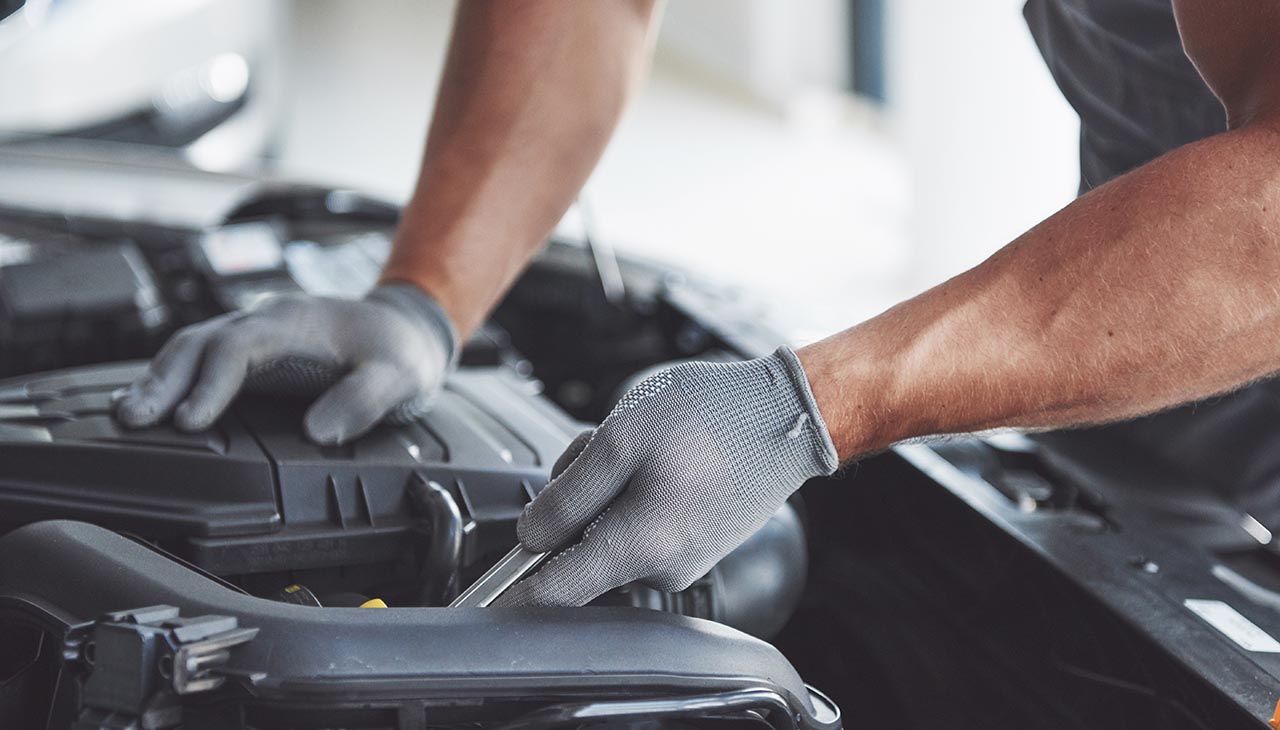Car Maintenance 101: Essential Tips for Every Driver
Maintaining your car is not just about keeping it running smoothly; it’s about ensuring your safety, the safety of your passengers, and the longevity of your vehicle. Proper vehicle maintenance can prevent costly repairs, improve fuel efficiency, and help you avoid being stranded on the side of the road. In this guide, we’ll provide you with essential tips every driver should know to keep their car in top condition. From regular oil changes to tire pressure checks, we’ll cover the basics of car maintenance that can help you save money and keep your car running as efficiently as possible.
Regular Maintenance Tasks
Oil Change
Changing your car’s oil regularly is crucial for maintaining engine health. Typically, you should change the oil every 3,000 to 5,000 miles, depending on your vehicle’s model and how you drive. Fresh oil lubricates the engine parts and prevents overheating by reducing friction.
Tire Check and Rotation
Inspect your tires for signs of wear and ensure they’re properly inflated according to the manufacturer’s specifications. Rotating your tires every 6,000 to 8,000 miles helps them wear evenly, extending their life and improving vehicle safety.
Brake Inspection
Listen for any unusual noises when you apply the brakes and have your brake system checked at least once a year. Regular inspections can identify worn pads or discs early, preventing costly repairs and ensuring your safety on the road.
Fluid Checks (Coolant, Transmission, Brake, Power Steering)
Monitor the levels of essential fluids, including coolant, transmission, brake, and power steering fluids, and refill them as needed. These fluids are vital for vehicle performance and longevity, preventing overheating and mechanical failures.
Air Filter Replacement
Replace the air filter every 12,000 to 15,000 miles to ensure your engine receives a clean air flow. A clean air filter improves fuel efficiency and engine performance by preventing dust, dirt, and debris from entering the engine.
Battery Maintenance
Check your battery periodically for corrosion and ensure the connections are tight and clean. Most car batteries need to be replaced every three to five years, but regular maintenance can extend their life and ensure your car starts properly.
Seasonal Maintenance
Maintaining your car according to the season is crucial for ensuring it performs well throughout the year. Here are some key tips for winter preparation and summer readiness:
Winter Preparation
- Antifreeze: Ensure your coolant system is filled with antifreeze to prevent the engine’s cooling fluids from freezing in low temperatures. It’s crucial for protecting your engine in winter.
- Winter Tires: Invest in good-quality winter tires for enhanced traction, handling, and safety in snow and ice conditions. Remember to swap them out once the season changes.
- Wiper Blades: Winter conditions can wear out wiper blades faster due to ice and snow. Replace your wiper blades with ones designed for winter use to improve visibility during snowy or rainy drives.
Summer Readiness
- Coolant Levels: With higher temperatures in the summer, it’s vital to ensure your car’s coolant system is topped up to prevent overheating. Check the coolant level regularly and refill as needed.
- Air Conditioning Check: Ensure your car’s air conditioning system is functioning correctly to keep you and your passengers comfortable during hot summer days. Have it inspected by a professional if it’s not cooling efficiently.
DIY Maintenance Tips
Changing a Flat Tire
Changing a flat tire is an essential skill every driver should have. First, ensure your car is parked on a flat surface and apply the parking brake. Use the lug wrench to loosen the lug nuts before lifting the car with the jack. Remove the lug nuts and flat tire, replace it with the spare, and tighten the lug nuts by hand. Lower the car and fully tighten the lug nuts with the wrench. Remember to have the flat tire repaired or replaced as soon as possible.
Testing and Replacing Lights
Regularly test all your car’s lights – including headlights, tail lights, brake lights, and turn signals – to ensure they’re working correctly. If a bulb is out, consult your vehicle’s manual for the correct type and replacement procedure. For most cars, replacing a light bulb involves removing the cover, pulling out the dead bulb, and inserting a new one. It’s a simple process that can significantly improve your visibility and safety on the road.
Checking and Replacing Wiper Blades
Wiper blades should be replaced at least once a year or as soon as you notice a decrease in performance. Lift the wiper arm away from the windshield, press the small tab that allows the wiper blade to be pulled off, and then attach the new blade by sliding it into the same slot until it clicks into place. Ensuring your wiper blades are in good condition can dramatically improve windshield visibility during rain or snow.
Basic Car Cleaning and Detailing
Regular cleaning and detailing can not only keep your car looking great but also prevent wear and tear on both the interior and exterior. Start by removing trash and vacuuming the interior, including seats, floors, and mats. Clean the dashboard, console, and other surfaces with a microfiber cloth and an appropriate cleaner. Wash the exterior with car soap, using a microfiber cloth or sponge. Don’t forget to clean the wheels and undercarriage to remove mud and grime. Finish by drying the car with a clean microfiber towel to prevent water spots. Regularly waxing the car can protect the paint and keep it looking new.

